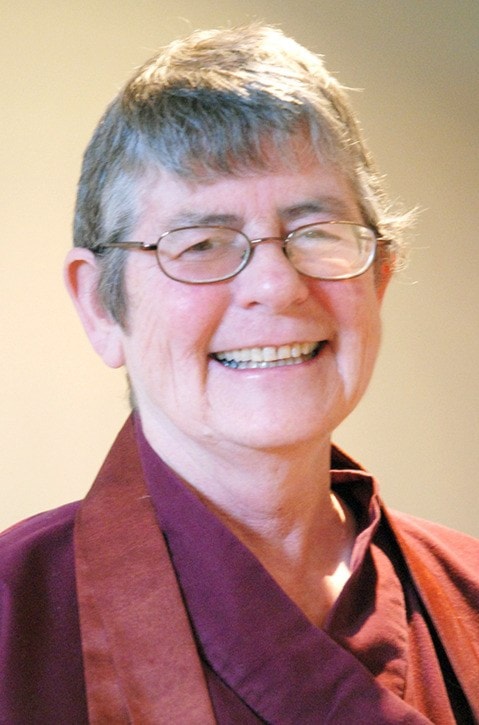Long before Buddhism came to China, Taoists realized the power, depth and profundity of mountains and rivers. They recognized that the two are interdependent. Mountains create rivers, and glaciers create mountains. In fact, in the Chinese language, “mountains and rivers” is often used as the word for nature. For ancient Taoists, there is a deep sanity that transcends human thought in the mountains and rivers. For this reason, Taoist monks often left the constant fighting of civilization and followed the path of the clouds. Here they found tender benevolence and a logic that transcends human suffering.
Something deep in us resonates with that. There is something like nature in our human hearts, and we know that we need nature to be whole. Many people have told me that they find spiritual truth while in nature. This has been the case through many cultures, religions and times. Moses communed with the God of his understanding on a mountain; Rumi, the Sufi poet, praised the wildness of mountains and rivers. In our own time, the back to the land movement of the sixties took adults out of the cities and into the Kootenays to try to live closer to nature. In Creston today, we have the young agrarian movement learning to rely on the earth for truth and sustenance. All of these activities reflect the idea that life in nature transcends life in the city.
For Dogen, the 13th century Zen master who founded Soto Zen Buddhism, this transcendence is evoked in mountains and rivers. Mountains are eternal. The Selkirks have been here for millions of years. They never seem to move. They are constant. Water, on the other hand is always moving. In Buddhist teachings, mountains often represent form, and water represents emptiness. Water has no permanent form. It can be a lake, a cloud or an ocean.
When Dogen chose the title for the essay we are examining in this column, “Mountains and Rivers Sutra”, he was probably thinking of a famous poem by the Song dynasty poet, Sudong Bo, a monk who lived in a mountain hermitage. In an experience of true transcendence, Sudong Bo stayed up all night meditating. In the morning he wrote:
“The sound of the stream is his long broad tongue/ The Mountain his immaculate body / All night long I hear wisdom verses/ how could I ever explain this in the morning?”
Sudong Bo is saying that the sound of the stream is the true Buddha’s speech for which language is a crude container. For Sudong Bo, the body of Buddha is not the body of the historical Buddha who lived in 500 BC. For Sudong Bo, and for Dogen, mountains and rivers are the body and tongue of Buddha. The essay, “San Sui Kyo”, is Dogen’s attempt to translate the profound teachings of the mountains and rivers into words.
Suggested practice: Take some time this week to listen the sounds of mountains and rivers. What are they teaching?
Kuya Minogue is the resident teacher at Sakura-ji, Creston’s zendo. This column is part of a long essay on an essay by 13th century Zen master Eihei Dogen and is inspired by the teaching of Norman Fishcher. For more information, Minogue can be reached at 250-428-6500, and previous columns are available atwww.zenwords.net.
